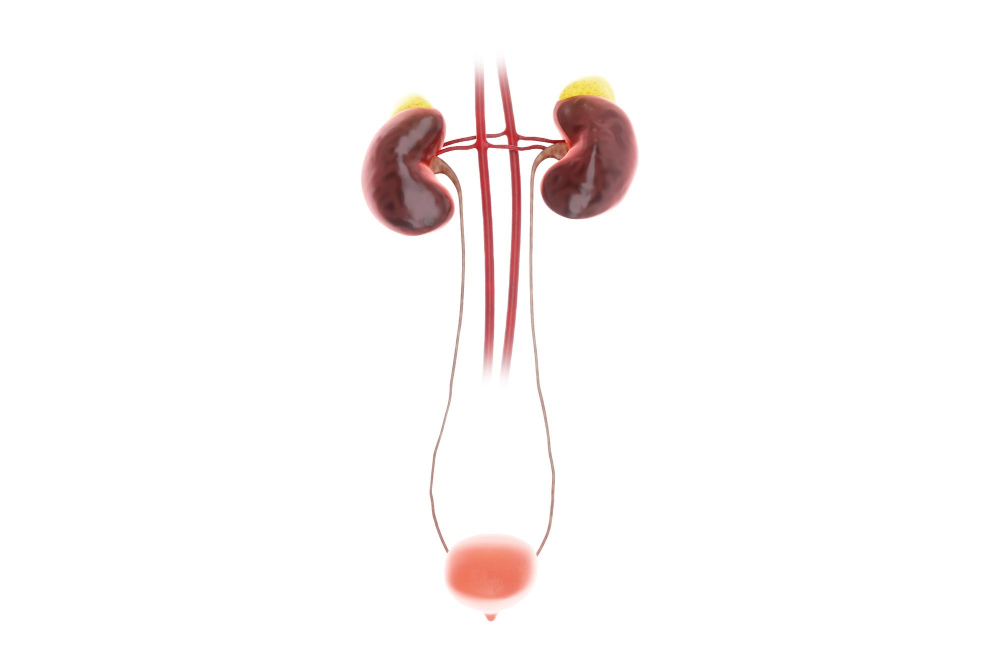What is Urethral Stricture?
Urethral stricture is a condition where the urethra, the tube that carries urine out of the body, becomes narrow. This narrowing can make it hard to pass urine. Often, scar tissue causes this problem. Surgical procedures for urethral stricture are common treatment options. These surgeries help open the blocked area and restore normal urine flow. In many cases, doctors may suggest surgery if other treatments do not work. Understanding your options is important for making the best decision.
Symptoms and Causes
Many people with urethral stricture notice changes in how they urinate. For example, you may see a weak urine stream or feel pain when urinating. Sometimes, you may need to urinate more often. In severe cases, you might not be able to urinate at all. Causes of urethral stricture include:
Because symptoms can be mild or severe, it is important to see a doctor if you notice any changes.
Diagnosis Methods
Doctors use several tests to diagnose urethral stricture. First, they may ask about your symptoms and medical history. Next, they might perform a physical exam. In addition, tests can include:
Early diagnosis helps doctors choose the best treatment options for urethral stricture.
Overview of Surgical Procedures
Surgical procedures for urethral stricture aim to remove or bypass the blockage. While some strictures are mild and need simple treatments, others require surgery. Doctors will discuss the best option based on the length and location of the stricture. In the United States and many other places, surgery is a common and safe way to treat this problem. You should know the types of surgery available and what to expect.
Types of Surgery for Urethral Stricture
There are several types of surgical procedures for urethral stricture. Each has its own benefits and risks. Your doctor will recommend the best one for your situation. Common types include:
Because each surgery is different, it is important to talk with your doctor about which option is right for you.
Recovery and Aftercare
After surgery, most people recover well. However, recovery time depends on the type of procedure. For example, endoscopic surgery and dilation usually have shorter recovery periods. Urethroplasty may take longer. During recovery, you may need to:
Always follow your doctor’s instructions for the best results. If you notice pain, fever, or trouble urinating, contact your doctor right away.
Risks and Complications
Like any surgery, procedures for urethral stricture have some risks. Although most people do well, possible complications include:
Because risks are different for each person, your doctor will explain what to expect. Early treatment of any problems can help prevent serious issues.
Prevention and Lifestyle Tips
While not all strictures can be prevented, some steps may lower your risk. For example:
Because early care can make a big difference, do not ignore symptoms.
In summary, surgical procedures for urethral stricture are safe and effective for most people. If you have symptoms or concerns, consult a urologist for personalized advice on urethral stricture treatment.

